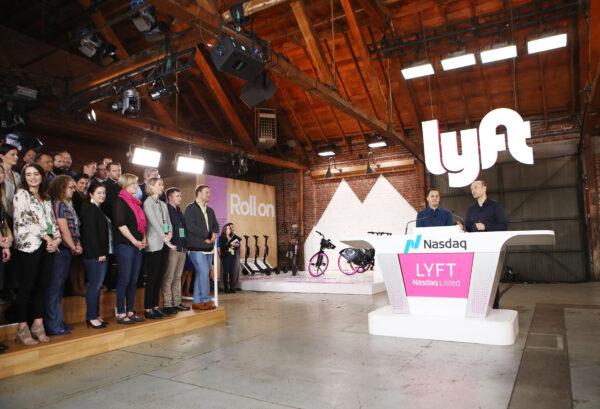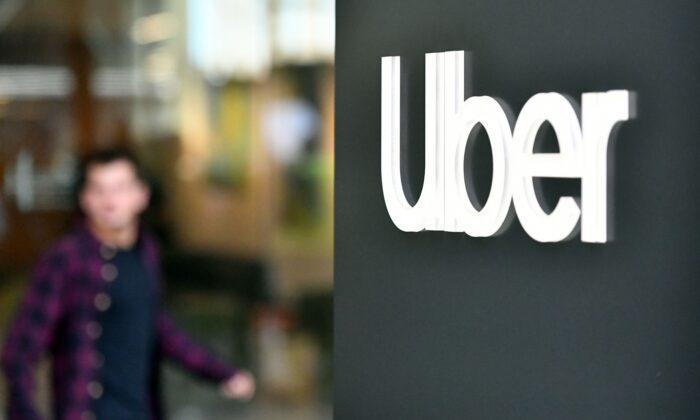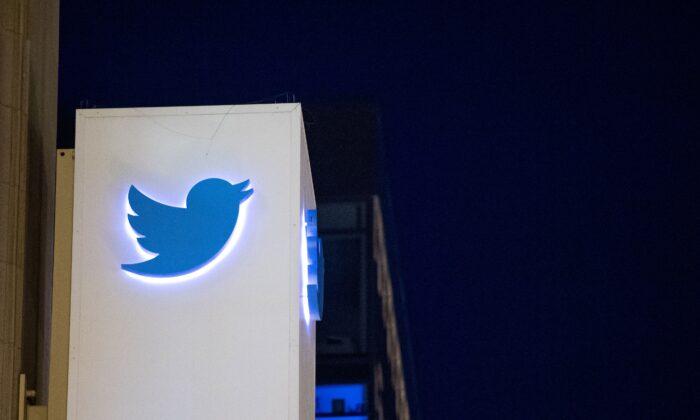Benzinga’s weekly Stock Wars matches up two leaders in a major industry sector with the goal of determining which company is the better investment.
The Case for Lyft
This company began in 2012 as an app for Zimride, a long-distance carpooling service founded in 2007 by computer programmers Logan Green and John Zimmer, who sold Zimride to Enterprise Holdings in 2013 to focus on growing Lyft.The San Francisco-headquartered company grew over the years through its acquisitions in 2018 of the bicycle-sharing platform Motivate and augmented reality start-up Vision Labs and in 2020, the automobile advertising company Halo Cars. Lyft became the first ride-sharing company to go public via an IPO in March 2019, raising $2.34 billion.
Among its most notable recent corporate developments were December’s news that Lyft drivers would be delivering restaurant food in a partnership with the online ordering platform Olo Inc., the July announcement of a collaboration with Ford Motor Company and Argo AI on an effort to commercialize autonomous ride-hailing at scale—the first batch of self-driving cars were deployed in Miami last month for test drives—and the news from last April that Woven Planet Holdings, Inc., a subsidiary of Toyota Motor Corp., purchased Lyft’s self-driving vehicle division Level 5 for $550 million.
In its most recent earnings report, the third-quarter data published Nov. 2, Lyft recorded $864.4 million in revenue, up from $499.7 million one year earlier. The company also posted a net loss of $71.5 million versus a net loss of $459.5 million in the same period of 2020. For the third quarter, Lyft’s net loss per share, both basic and diluted, was -21 cents, down from -$1.46 in the previous year.
“We expect revenue in Q4 of between $930 million and $940 million,” said CFO Brian Roberts in the company’s third-quarter earnings call. “This implies growth of between 63 percent to 65 percent year-over-year versus the 73 percent achieved in Q3 … In terms of profitability, we expect Q4 contribution margin to be around 59 percent given the impact of seasonality, among other factors. The midpoint of our outlook for revenue and contribution margin implies what would be an all-time record for contribution, including the level in Q4 of ‘19. We continue to expect that contribution on a per-ride basis will be greater post-COVID than it was pre-COVID.”
Lyft shares opened for trading on Wednesday at $36.22, closer to a 52-week low of $34.48 than to its 52-week high of $68.28.

The Case for Uber
This company was launched as Ubercab in 2009 by a pair of entrepreneurs with previous start-up success: Garrett Camp, the co-founder of StumbleUpon, and Travis Kalanick, creator of Red Swoosh. The San Francisco-based company renamed itself Uber following complaints from taxi operators.Uber introduced its food delivery service Uber Eats in 2014. It went public in May 2019 via an IPO with a valuation of approximately $76 billion. It also grew via acquisitions with Postmates in December 2020, the alcohol delivery service Drizly in October 2021 and the managed transportation and logistics network Transplace one month after Drizly. Last week, it acquired the Australian carsharing company Car Next Door.
Among its recent corporate developments were the Jan. 25 announcement of a new partnership with the grocery warehouse chain Smart & Final Stores Inc. to expand its on-demand and scheduled grocery delivery across the West Coast, the July announcement that its on-demand and scheduled grocery delivery is now available in more than 400 cities and towns across the U.S., and April’s teaming with Walgreens Boots Alliance Inc. that allowed consumers to book vaccination appointments at a Walgreens location and schedule their Uber rides to the appointments.
In its most recent earnings report, the third-quarter data published on Nov. 3, Uber recorded $4.8 billion in revenue, up from $2.8 billion one year earlier. The company also saw a net loss of $2.4 billion, compared with $1 billion 12 months earlier. For the third quarter of 2020, Uber’s net loss per share, both basic and diluted, was -$1.28 cents, versus -62 cents.
In the company’s third-quarter earnings report, CEO Dara Khosrowshahi stated that while “improving profitability with adjusted EBITDA growing more than $130 million quarter on quarter to approach breakeven” was a major accomplishment, more work was needed.
“Today’s profitability milestone is an important step, but it’s just a step,” she said. “When it comes to delivering on our mission and building a generational company, we know that profitability is a means, not an end. We remain focused on generating positive free cash flow, while also making disciplined investments to appropriately fund growth initiatives that will carry us into the future. Uber is at the center of multiple massive opportunities in mobility, delivery, and logistics, and our platform is stronger than ever before.”
The Verdict
With both stocks trading too close to their 52-week lows for comfort, this could be seen as a splendid opportunity to scoop up shares at bargain-basement prices.But on the other hand, neither of these companies should have such enervated stock prices—especially Uber, which outpaces Lyft with its depth of endeavors.
Lyft’s collaboration with Ford and Argo AI looks intriguing, but at this point in time autonomous vehicles are something of a solution without a problem rather than a serious automotive trend.
Uber acknowledged its third-quarter net income loss in its press release for the earnings report by noting the loss “includes a $2.0 billion net headwind (pre-tax) from revaluation of Uber’s equity investments, primarily due to an unrealized loss of $3.2 billion (pre-tax) related to the revaluation of Uber’s Didi equity investment, partially offset by aggregate unrealized gains related to the revaluation of Uber’s Zomato, Aurora, and Joby stakes. Additionally, net loss includes $281 million in stock-based compensation expense.”
As for Lyft’s net income loss, its press release announcement took the other approach and offered no explanation.
For transparency’s stake, the call for this Stock Wars duel goes to Uber—though, hopefully, both companies will be in more vibrant health before this year comes to its conclusion.






Friends Read Free